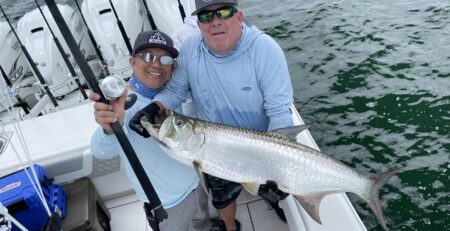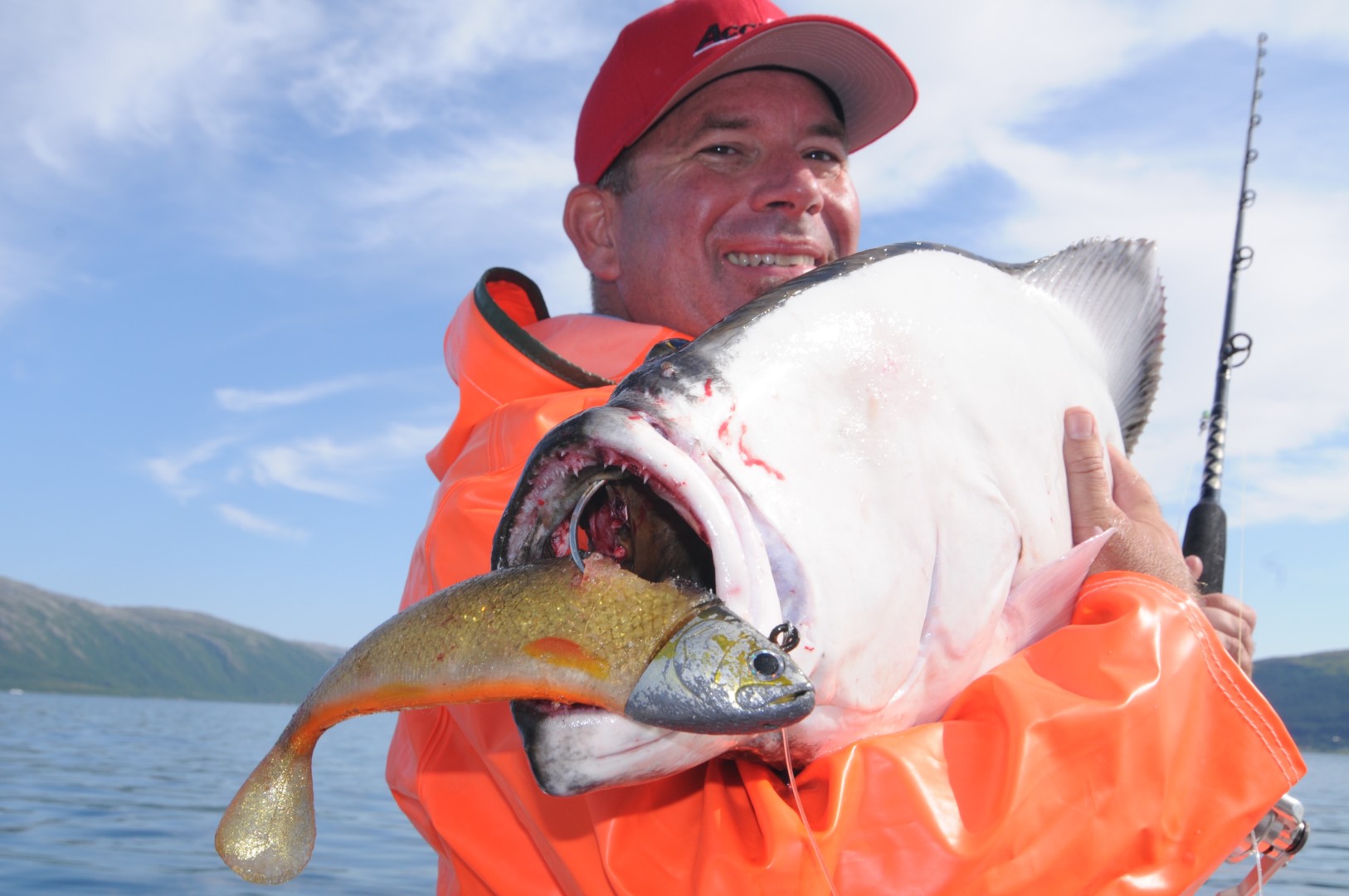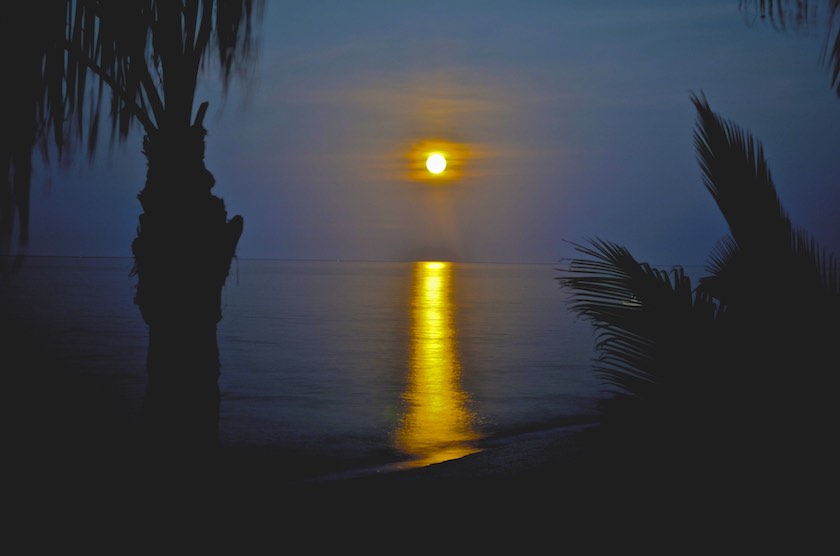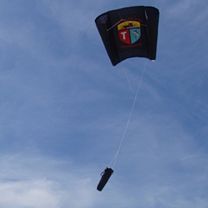Helpful Tips for a Successful Fishing Trip
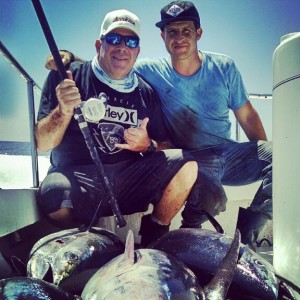
Weekends are the time most of us anglers get out to spend some time on the water chasing our local gamefish, trying to maximize the time on water to be as productive as possible. One thing many of us do to make that time more rewarding is create a check list prior to launching the boat so we know our percentages for success are higher.
Here are a few tips to help your fishing trips be more successful.
-Check your tackle prior to your trip. Make sure your reel is in top working order. Pull line off the spool with some drag so you know its smooth. Any fluctuation in the drag as in stop and go can cost you a fish. The smoother the drag the more probability of success. Wind your reel and make sure it feels smooth. Check your side plate screws to make sure they are tight. Never know whats up until things start to go wrong. Check your guides on your rod to make sure they are not chipped or cracked. A bad guide will fray your line and worst case a chipped guide will cut right through the line with any type of pressure. Make sure your tackle is in top notch shape.
-Check your line prior to going. If you are fishing mono and it looks cloudy or kinked change it. One thing we used to do if we had a couple reels we were using is take your older line and strip it off a reel. Take your newer line that looks cloudy on top and tie it to the empty reel winding the cloudy line that is on top of reel and the line on the bottom of reel will be virtually new since you never get to the bottom of the spool. This is a trick the old-timers used which saves money and fish. Once on the water let the line out while you are traveling and wind it back on the reel. It will stretch it back out and it will lay better on the spool. If you are using braid you can do the same thing. If your braid looks like the color has faded and you see frays wind it onto another reel and again the line on the bottom will be on top and look new.
-Know your knots which is extremely important when spending time on the water. The basic knots you will need is for tying hooks or lures on your line and tying leader to your main line. Basic knots for tying hooks or lures include the uniknot, palomar, or clinch knot which are all 80% or better knots. Knots for leader to mainline include uniknot, blood knot, or the new improved Pena knot. You can find all knots in the back of the IGFA annual book or online by googling fishing knots. There are some really cool videos out on how to tie knots that will show you step by step. Most important thing with tying knots is that you cinch them completely down. Doing it by hand does mean your knot will be cinched no matter how bad your hands hurt. Its a must to get your self a knot puller that is essential to getting your knots to cinch. To check out what exactly is a knot puller visit the following link: https: knot puller
-Leaders are criticl depending on the type of fishing you are doing. Always start heavier than lighter and if the fish have teeth make sure you take that into consideration. Pick a quality brand of leader that is proven. Blackwater, Yozuri, Triplefish, and Seaguar have been on the market for years with a good following. There are different types of leaders too, some are harder for more abrasion resistance, others are thinner, lighter ones for less visibility. Remember one thing about thinner leaders is they will have less abrasion resistance so you might get bit but if you fight the fish for a lengthy amount of time chances are you will lose it. Fluorocarbon leader usually is pretty tough and almost invisible in the water. In my opinion its worth the extra money. Leader lengths vary but one rule of thumb used by most core anglers is the leader should be as long as the fish you plan on catching. For instance bluefin tuna are short and stout so if I am targeting a 100 lb fish I use a 5 to 6 foot leader max. If its a stripe Marlin we are looking to catch I am using a 12 foot leader minimum just so I can wind the leader close enough so the wireman can get a couple wraps. We discussed knots regarding leader to mainline so any of the three listed above are fine. My favorite is the improved Pena knot since I have confidence with it. Use the knots you are confident in. Make sure they are cinched.

-Make sure you bring the appropriate terminal tackle for the species you are targeting. For example, if you are going tuna fishing you want to make sure you bring circle hooks as well as regular “J” hooks. Chemically sharpened hooks really help for penetration on a solid hook set. By using circle hooks you are hooking the fish in the corner of the mouth and alleviating the possibility of line fray due to teeth. One trick alot of live bait fishermen are using is buying hooks either circle of J hooks with welded rings on them. The ring is what you tie your line to and the use of the ring will make your bait look a lot more lively and natural. With a circle hook it also keeps the line away from the fish’s mouth helping you alleviate any sort of line fray. You will need a small size run of hooks when hitting the water. Sometimes you get bigger baits which will warrant the use of a larger hook. Same with a smaller bait, use the hook size that fits the bait. Sinkers will be dependent on depth fished of water and current in the area. Make sure you have enough weight to effectively get your bait in the strike zone. Go prepared with a few different weights. You will have a general idea of where you will be fishing so cover your bases. Remember a prepared angler will have a small selection of both hooks to fit the potential size baits as well as specific gamefish targeted. Same with weights so no matter what pops up you are ready to roll.
-Fishing live bait in a private boat, it will be important to make sure they are getting good water flow. It is important to watch your baits in case the flow is too much or too little which in both cases can cause your bait to turn over. If its rough out slow your speed down so you are not beating up the bait or yourself. Just like going to war you have to make sure your ammo is good. Without healthy baits its tough to get a bite.
-When fishing artificial baits make sure you are bringing baits that will get bit. Many anglers use the phrase “Match the Hatch” which means look at what they are feeding on and try to get a lure close enough to their natural prey. Remember sometimes look and color can be highly effective but I firmly believe the action of the lure will illicit the strike. We have lures with no paint on them that get bit year to year. Find lures like this and mark them with a sharpie. Be extremely careful handling hooked fish with treble hooks. All it takes is a small mistake that will land you in the ER or having the mono dehook trick done on you. Be safe not sorry.
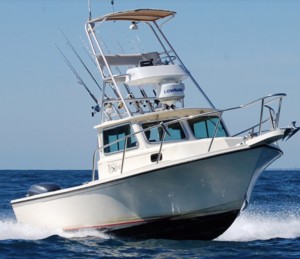
-Do your homework. Get your fishdope from reliable sources and make sure you check the weather. No fishing trip is worth risking your life. Check the weather throughout the week since it can change daily or even hourly. Check fishing boards to see who has gone recently and their results. Best to have a few friends to share information with especially if you are fishing different days of the week. If you are sharing honest info and they do the same your fishing time will be more fruitful. Having to look for fish takes time versus having someone give you a good area to start in where they caught fish the day before. Keep a log of your days on the water and write down the experience. More than once I have revisited areas where I caught fish the week before, month before, or even year before. Remember history repeats itself in more ways than one especially with fishing. Remember to check water temps, moon phase, tides, anything that can give you an edge to catching fish.
-Practice Catch and Release whatever you can. Keep what you can eat and let the rest go. Nothing like fresh fish so try to keep the fish in the water instead of the freezer.
Be safe and make sure you have all safety gear necessary for the trip. If its your own boat be coastguard legal and make sure you have a first aid kit with you. Not that bad an idea to have a small pair of bolt cutters just in case. Make sure your radio is working and tell someone when you are fishing and when you plan on being home. Remember be safe rather than sorry, it’s more fun
Hope these tips help you with your fishing trips.
Tight lines.
Team Accurate
 Custom Color Reels
Custom Color Reels

